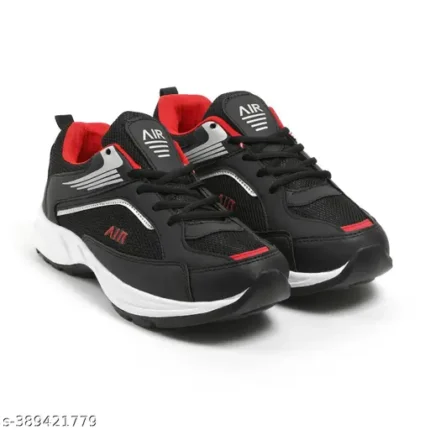Historical Evolution of Shoes
The historical journey of shoes is a fascinating reflection of human ingenuity and societal development. The earliest known uses of footwear date back to ancient civilizations, where sandals were prominent in regions such as ancient Egypt and Greece. These early shoes were primarily designed for functionality, offering protection against harsh terrain and extreme weather conditions. In ancient Egypt, sandals were often crafted from palm leaves and papyrus, while the Greeks favored leather and wood, showcasing an early appreciation for both utility and rudimentary fashion.
As we moved into the Middle Ages, shoes began to evolve significantly in both design and materials. During this period, footwear became a symbol of social status, with the wealthy adorning themselves in elaborate shoes made from fine leathers and adorned with intricate details. The pointed-toe shoes, or “poulaines,” of the 14th and 15th centuries are a notable example, reflecting the fashion trends and societal hierarchies of the time. The materials used in shoe production also diversified, including fabrics and metals, which further distinguished the upper echelons of society from the lower classes.
The advent of the Industrial Revolution marked a pivotal moment in the evolution of shoes. With the introduction of mechanized production, shoes could be manufactured on a large scale, making them more accessible to the general population. This era saw the standardization of shoe sizes and the development of more efficient production techniques, which significantly reduced the cost and increased the availability of footwear. The Industrial Revolution not only democratized shoe ownership but also paved the way for the emergence of consumer culture and the modern shoe industry.
In the 20th and 21st centuries, the evolution of shoes has continued at a rapid pace. The rise of global brands has transformed shoes into cultural icons, influencing fashion trends worldwide. Technological advancements have revolutionized shoe design and production, with innovations such as athletic shoe cushioning, ergonomic designs, and sustainable materials. Today, shoes are not just functional items but significant cultural artifacts, reflecting personal identity, social status, and lifestyle choices. The historical evolution of shoes underscores their profound impact on modern society, blending utility, fashion, and cultural significance.
The Multifaceted Role of Shoes in Modern Society
Shoes have transcended their primary function of protecting feet to become integral components of modern society, influencing various aspects of daily life. In the realm of fashion, shoes are more than just accessories; they are powerful statements of style and identity. Trends in footwear often gain momentum through celebrity endorsements, with popular figures shaping consumer preferences and driving market demand. High-profile collaborations between designers and celebrities frequently result in limited-edition releases that become highly sought after, highlighting the influence of shoes as symbols of status and personal expression.
In sports and athletics, the role of shoes is paramount. Specialized footwear is designed to enhance performance and minimize the risk of injuries. For instance, running shoes are engineered with advanced cushioning and support to absorb impact, while basketball shoes offer ankle support and traction. The development of sport-specific shoes underscores the critical intersection between footwear technology and athletic achievement, emphasizing the importance of proper footwear in competitive and recreational sports.
From a health perspective, the evolution of ergonomic and orthopedic shoe designs has been significant. Modern shoes are increasingly crafted to promote foot health, addressing common issues such as arch support, alignment, and shock absorption. Ergonomic designs aim to prevent ailments like plantar fasciitis and other musculoskeletal problems, demonstrating the essential role of shoes in maintaining overall well-being.
Environmental and ethical considerations have also gained prominence in the shoe industry. Sustainable materials, such as recycled plastics and organic fabrics, are being used to reduce the ecological footprint of shoe production. Companies are increasingly adopting fair labor practices to ensure ethical manufacturing processes. These initiatives reflect a growing consumer awareness and demand for socially responsible products.
Economically, the global shoe market plays a substantial role, with billions of dollars in annual revenue. The industry not only provides employment to millions but also drives innovation and competition. Moreover, shoes hold cultural and social significance, often serving as markers of tradition, heritage, and social identity. In various cultures, specific types of footwear are associated with rituals, ceremonies, and societal roles, further underscoring the diverse impact of shoes in modern society.



































Reviews
There are no reviews yet.